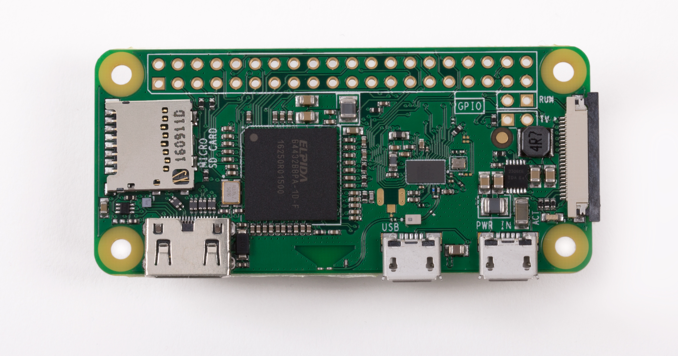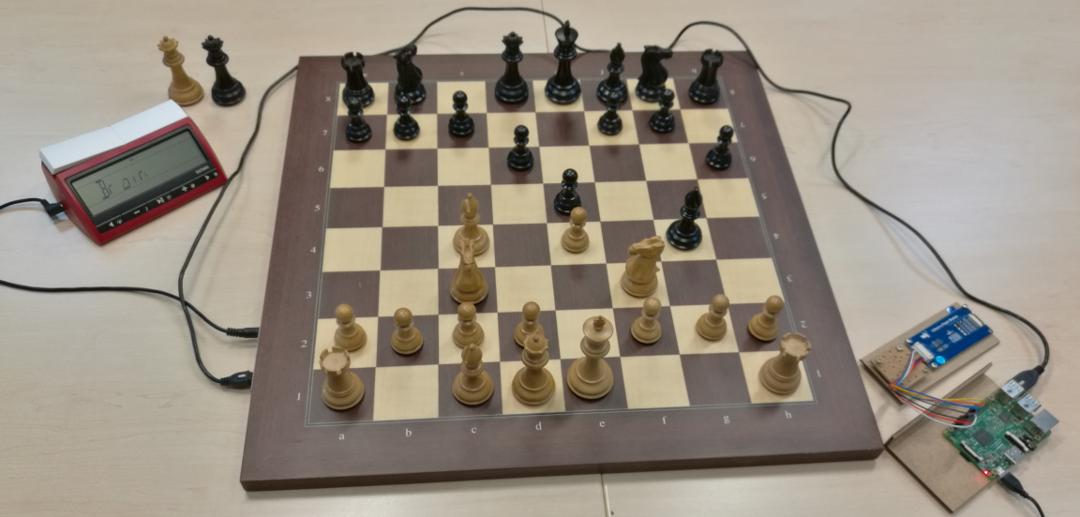
Lately more and more people come in contact with this Raspberry Pi Zero W. This piece of hardware is very cheap and every small.
Here’s the full feature list for Zero W:
- 1GHz, single-core CPU
- 512MB RAM
- Mini-HDMI port
- Micro-USB On-The-Go port
- Micro-USB power
- HAT-compatible 40-pin headere
- Composite video and reset headers
- CSI camera connector
- 802.11n wireless LAN
- Bluetooth 4.0
But does this new hardware also run picochess without problems? Yes, it does!
As you can see from above, it has an arm6 architecture. The newer picochess images are build with armv7l engines cause the Raspberry Pi 2 and 3 using this – but from history there is even there one arm6 engine pre installed. When you take the newest picochess v0.85 you can even find alot more engines. I write abit about this in my next post when i speak about this new release.
Here is a short list how to activate picochess on this Raspberry Pi Zero W (i copied it from the picochess forum – it describes how Wilhelm got it running).
- Don’t start from an funcional image, which contains a boot partition formatted with fat16, thats my bitter experience. Zero W won’t boot from this! The original image V0.83 contains a fat32 boot partition – please, take this image
- Take the original image from the picochess site with V0.83
- Make a micro sd card with the official v0.83 via win32diskmanager
- Put this version into a funktional raspberry pi x with LAN adapter and start yout dgt board with dgt 3000
- Wait for automatic dgt detection via bluetooth
- Get the LAN ip adress for example via fritzbox
- Connect via x-terminal to the rasperry pi via LAN
- Install the tool WPA with “sudo apt-get install wpagui”
- Call WPA_GUI in line mode of the x-terminal, wait a few seconds and scroll to the graphical pseudo GUI with the tool WPA: here you can determine automatical via WPS function (raspberry and router for example fritzbosx) the WLAN IP adress, ssid etc. and store the WLAN parameters
- Make an personal update to v0.85 (3 steps: software, requirements, engines)
- Copy the former saved content of a functional picochess.ini into the actual file picochess.ini
- Redirect the engines-parameter from arm7 to arm6vl for example the zurifr engine or make this lines to comments within the actual picochess.ini
- Reboot the functional raspberry
- Connect via WLAN ssh to your x-terminal
- Make an general software update with apt-get update and apt-get upgrade
- Make a empty ssh file at /boot with “sudo touch ssh”
- Shutdown the functional raspberry
- Remove the sd micro sd card from the funktional rasperry
- And bring it into the zero w card slot
- When the zero w is booting, you can see a green led nearby the power slot
- You have won, if you can detect an new WLAN ip adress for example with fritzbox
- Connect the new zero w via WLAN ssh with your x-terninal
- Finish with all other things like soundcard installation etc.
I personally don’t have a Pi Zero W. But i hope this short docu helps you to set picochess up yourself. During my newest developments for the next upcoming version i realized that you can have WIFI access very easily even you are a windows user. Window users have the problem that the WIFI key file is located inside a linux filesystem windows doesn’t have access to. For this the Raspbian developers created a system, where such wifi file can be put inside the /boot partition (which is formated with fat32 => so no problem). If the Raspberry Pi starts up, it gonna copy such file to the correct place inside the linux file system once. So i think, setup the Raspberry Pi is even easier as i imaged myself before.

Leave a Reply